Oh Facebook. What a complicated relationship we have with you. On one hand, we love the personal connections to family, old school friends, new friends, and monitoring our exes.
We also love the “free marketing” Facebook Business Pages have given us.
But then… there are all the downsides. Arguing on the internet is frustrating (which happens all too often on Facebook). There’s the “I don’t give permission to use my likeness” and “They’re going to start charging” hoaxes. Don’t forget the actual privacy issues.
Plus for businesses, the “free” tool comes with a cost. Since we the users are the product (Seth Godin), Facebook is allowed to - and does - change the rules. Facebook Business Pages see less and less engagement, so you end having to “pay to play.”
“If you use social media, you are not the customer. You are the product. It is built to manipulate you into using it more, so they can run more ads and make more money.” - Seth Godin on social media
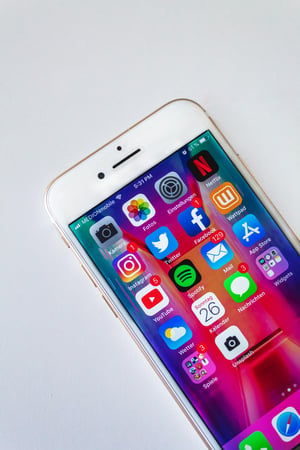 And yet, despite all of that, businesses flock to Facebook thinking they’re rocking the marketing in this modern world. After all, more than 2 billion people use Facebook. It’s the online community we’re (almost) all using.
And yet, despite all of that, businesses flock to Facebook thinking they’re rocking the marketing in this modern world. After all, more than 2 billion people use Facebook. It’s the online community we’re (almost) all using.
But when you put all your eggs in one basket, you put yourself at risk. Social media can be a great tool in your marketing toolkit. But social media marketing should be more than just Facebook.
What other channels do your ideal customers use for communication? Where do they “hang out?” Where can you connect, engage, and bring value?
In this article I want to show you a few of the other options out there when it comes to social media marketing for small businesses.
One note: You don’t necessarily need to “be everywhere.” Do some research and find out if your buyer personas are using a particular platform. Test it. If it connects you to them, great. If not, it’s just a test. Just be sure not to open an account, then never go back to interact. That’s like opening an office and never staffing it. Set notifications so someone on your team sees when people interact, and answer them.
So… what other social media channels exist for businesses? Here are a few.
Sure Facebook owns Instagram. So it’s almost cheating to call it separate… but it is. Instagram started as a photo-sharing social media. It’s where filters got their big break. Users would take photos with a modern phone camera, then throw a 1970’s filter on it so it looked vintage. True story.
But Instagram has grown over the years. It’s still primarily photos; but it’s also video and live video. It’s a mobile-first platform, so users are on their phones when they’re interacting with brands on Instagram.
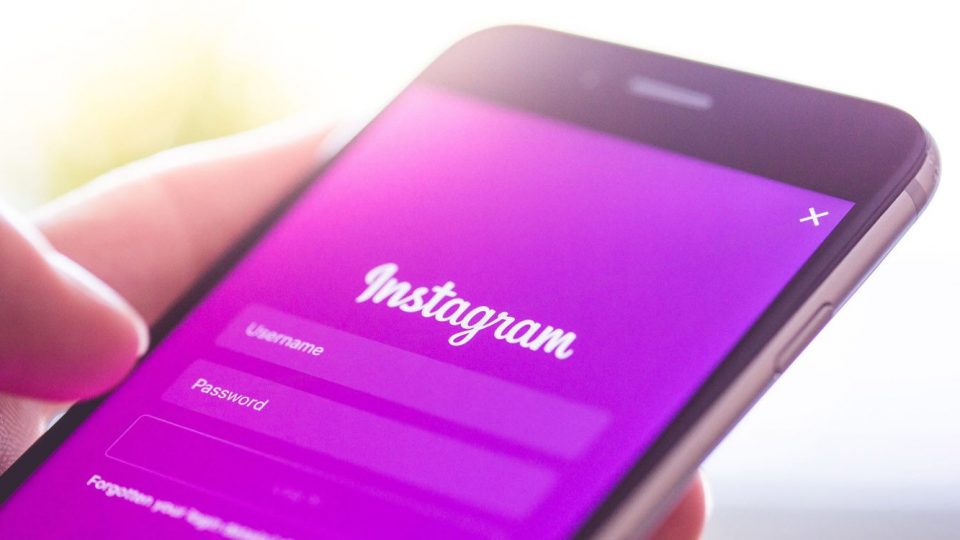
In addition to simple photos and videos, Instagram Stories are a big deal. They let you share the moments of your day, without saving them to your profile. And that’s a popular idea. The number of daily active Instagram Stories users has increased from 150 million in January 2017 to 500 million in January 2019.
You can do a lot to make your Instagram stories engaging: Add questions, start polls, and add fun stickers or music. Make your content as unique as possible. Instagram stories invite brands to the possibility of higher creative freedom which might help their campaign become a success with their audience.
A few fun facts about Instagram:
- 200 million Instagrammers actively visit the profile of a business every day
- Posts with at least one hashtag average 12.6% more engagement
- When Instagram introduced videos, 5 million videos were uploaded in the first 24 hours
- Instagram videos get two times the engagement of photos that any other social media platform
- The most popular hashtags on Instagram are #Love, #Instagood, #Me, #Cute, and #Follow
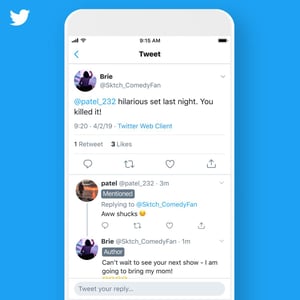 Twitter has been around since 2008. The constant conversation on this platform is kind of like New York City or Las Vegas - it never stops.
Twitter has been around since 2008. The constant conversation on this platform is kind of like New York City or Las Vegas - it never stops.
You can use Twitter for more than advertising or marketing. Twitter can be great for gathering business intelligence. From following your competition to tracking trending hashtags, Twitter has become a good place to capture a snapshot of what’s going on in society.
It’s also full of snark, so beware.
Yes, you can advertise with Twitter Promote. You can also enlist influencers. Sometimes, even in social media, you have to pay to play.
Want to know how to kick your Twitter game up a notch? Learn to tweet like a pro here.
What started as an online resume receptacle has become a great place to connect with professionals. And it’s not just for BB brands (although it is definitely a good place for that).
Around 300 million people use LinkedIn actively every month, with about twice that as overall users. Smaller than Facebook, it’s often brushed aside as a small platform.
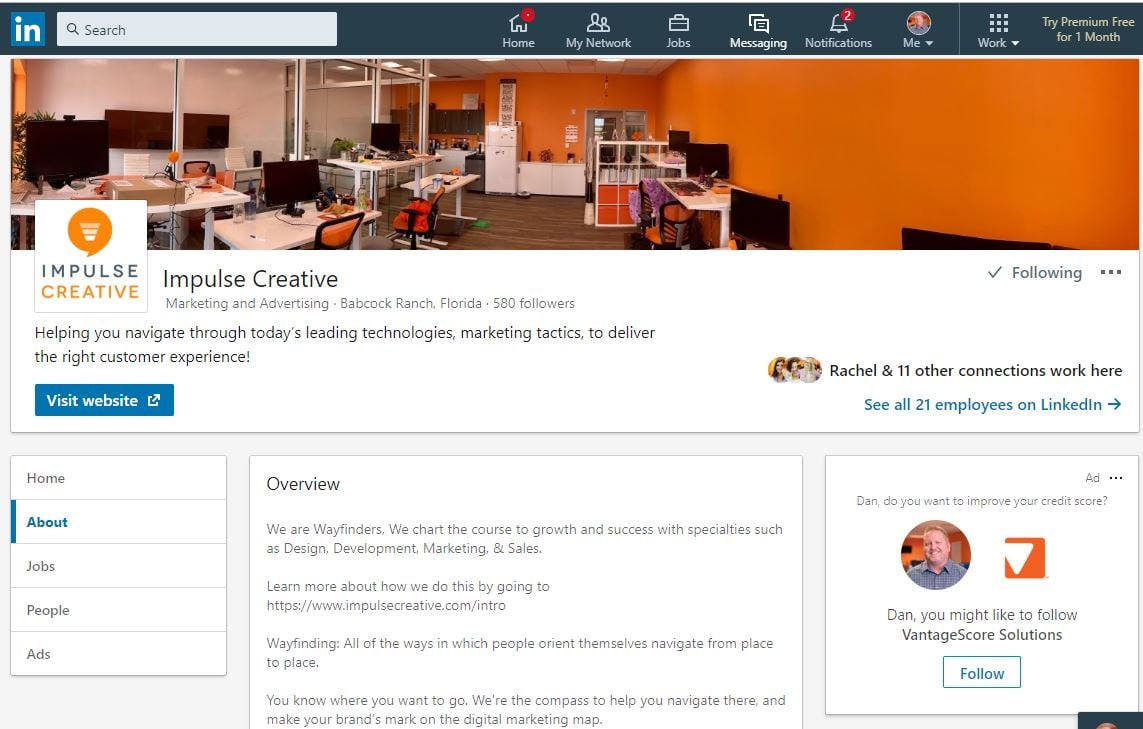
But as the lines between B2B and B2C blur and become, as Guy Kawasaki says, H2H (Human to Human), it matters less where we’re spending our time and for what. Even on LinkedIn, professionals are having personal conversations, gathering information about brands, and engaging with content.
LinkedIn has rolled out great features like native video (which rises to the top of feeds), the ability to share documents like PDFs (Gary Vaynerchuck is a master at this hack), and even live video. Innovation is the key to getting attention in the marketplace.
LinkedIn also offers the opportunity to listen through its own hashtags you can follow and groups you can monitor. Social media marketing should include listening, not just broadcasting.
YouTube
Do you think of YouTube as social media? You should. It’s more than a place to catch the latest PewDiePie video or Saturday Night Live sketch.
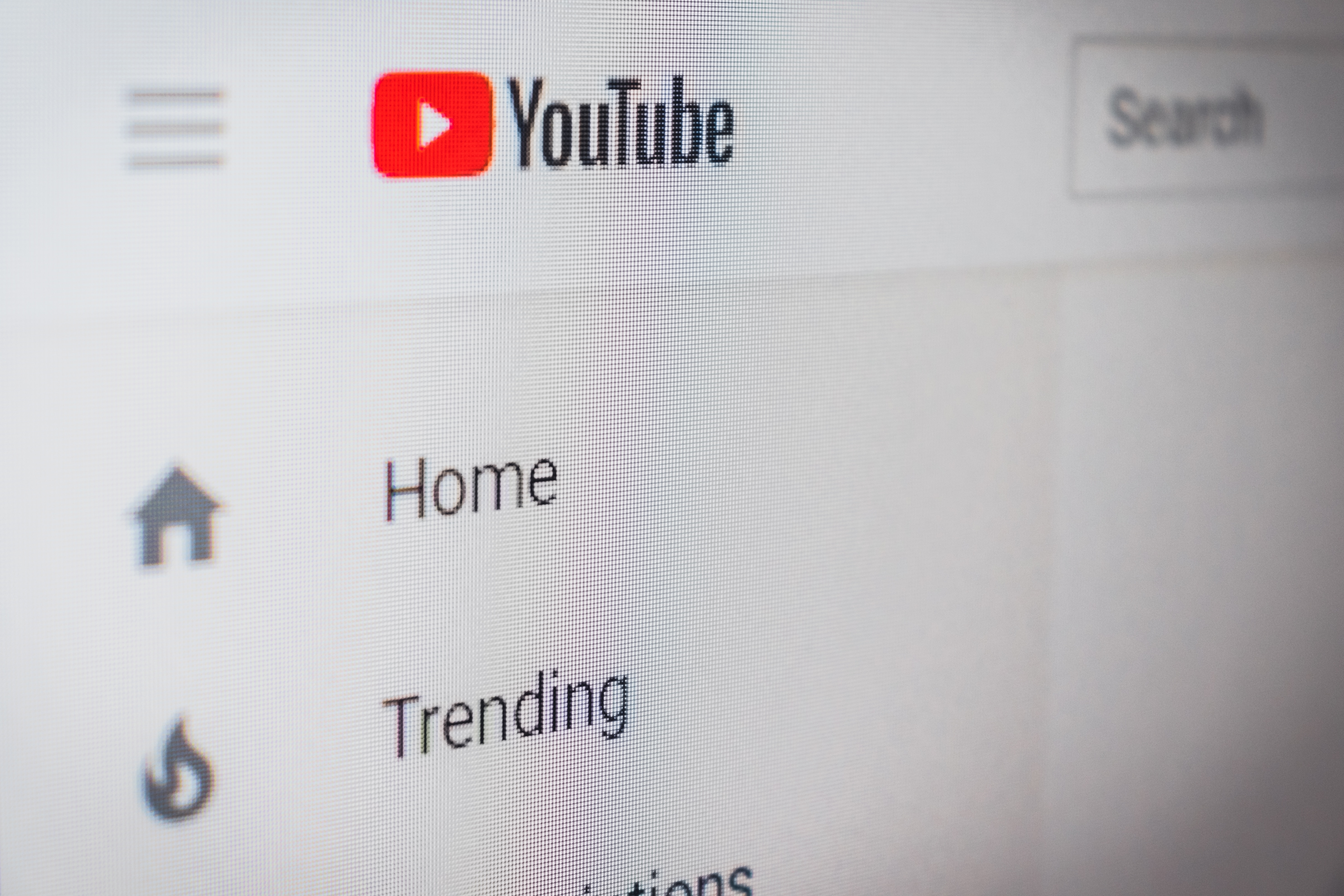
You’ve probably heard, but Google owns YouTube. Simply using it as a search engine result driver is a good place to start. But it’s more than that.
YouTube creators have made entire communities through the video platform. From channels like the Vlog Brothers to educational offerings like Minutephysics to fun communities like Bored Shorts, connecting via video can drive serious social engagement.
Can your business create videos that connect your ideal buyers to the people in your brand? Here are a few tips for the different stages of the buyer’s journey (funnel):
Top of the funnel: Generate more brand awareness with these kinds of videos.
- Brand videos showcasing your business and your core values
- Educational and how to videos (people love how-to videos on YouTube!)
- Interviews with influencers and thought leaders in your niche
- Animated videos
- Pull back the curtain and show your culture and people
Middle-to-bottom of the funnel: Once you’ve caught people’s attention, you can use video to further nurture these potential leads.
- Product videos demonstrating what your product can do for your target audience - this could include deep dives into your product or service
- Video testimonials - skip the usual written testimonial and go right for a video complete with b-roll of your client, making them the hero
- Case study stories - go deeper than a testimonial with a longer format showing how a client used your product successfully
Pinterest is known as a platform for lifestyle bloggers, DIY decorators, and home chefs. But it’s really more than that. Although if those fit your brand, you’re in luck!
Implementing a Pinterest marketing strategy for your business may increase sales and brand awareness. According to Pinterest research, 50% of users made a purchase after seeing a promoted pin, and 2/3 of people surveyed say they’ve discovered a new brand or product from content on the network.
Pinterest might not be as popular as Facebook, but it’s certainly holding its own against other networks.

Much has been written about creating a Pinterest marketing strategy. Here’s what it comes down to in its simplest form: Keep your content Pinterest-worthy with great images, some images with text like “10 tips,” use Pinterest boards and community boards, and test the platform.
TikTok
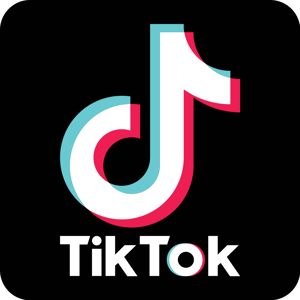 Ready for a new channel to explore? If you’re looking to reach some of the youngest demographic with creative short videos, TikTok might be for you.
Ready for a new channel to explore? If you’re looking to reach some of the youngest demographic with creative short videos, TikTok might be for you.
TikTok is an engine fueled by teens that drives hit songs, products, and marketing campaigns. Since 2010, the app has risen to the charts of the App Store, becoming the fourth most downloaded non-game app of 2018 (ahead of Instagram), especially popular among teens.
Originally TikTok was called Musical.ly. It started as a platform with teens doing karaoke overtop their favorite songs. Then a Chinese company called ByteDance bought Musical.ly, rolling it into its own branded app, TikTok
The platform allows users to create 15-second videos, which can be combined to make longer videos. Like other social media it puts filters, effects, music, editing tools and more in the hands of users. The karaoke app has become a self-expression app, driven by user-generated content.
Your brand can think about creating content, or finding UGC, or looking for influencers to help spread your message. TikTok is further proof that social media marketing has grown beyond the usual suspects, and requires creative and strategic thinking.
A Note on Facebook
This article isn’t meant to push Facebook down on your list of social media marketing tools. It’s not a lost cause; it’s just not the only game in town.
With that said, you can still think about using the social media giant for your business. One fairly recent to the Facebook ecosystem has driven engagement in Facebook Groups. This means you may want to look at launching your own group in addition to your Business Page. You may also want to consider joining other Groups personally, to connect with your community outside of your brand.
You can read more about how Facebook’s new focus on groups could change your marketing here.
The Bottom Line on Social Media for Business
Here’s the thing. There isn’t one silver bullet for driving strategic, scalable business growth. Better marketing, better sales, better service, and innovative communications all help increase sales. While you don’t have to be everywhere all the time, pushing the edge and testing new platforms helps keep your marketing sharp.
Make sure you’re starting with strategy. Where are your buyers spending their time, and how can you bring value to them there? That’s a great place to start with your social media marketing plan.
Facebook photo by William Iven on Unsplash
YouTube photo by Christian Wiediger on Unsplash





